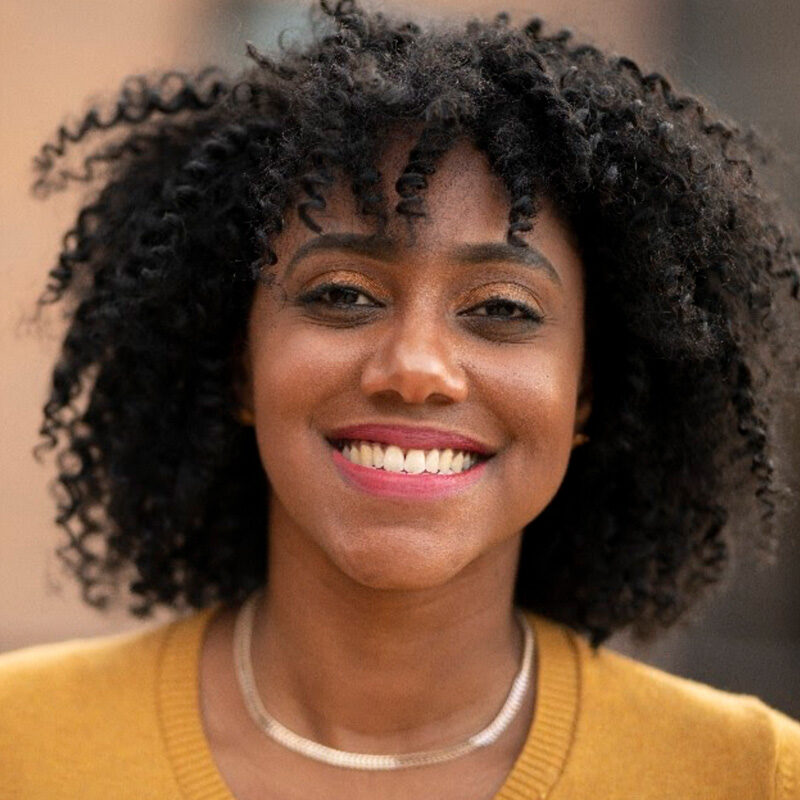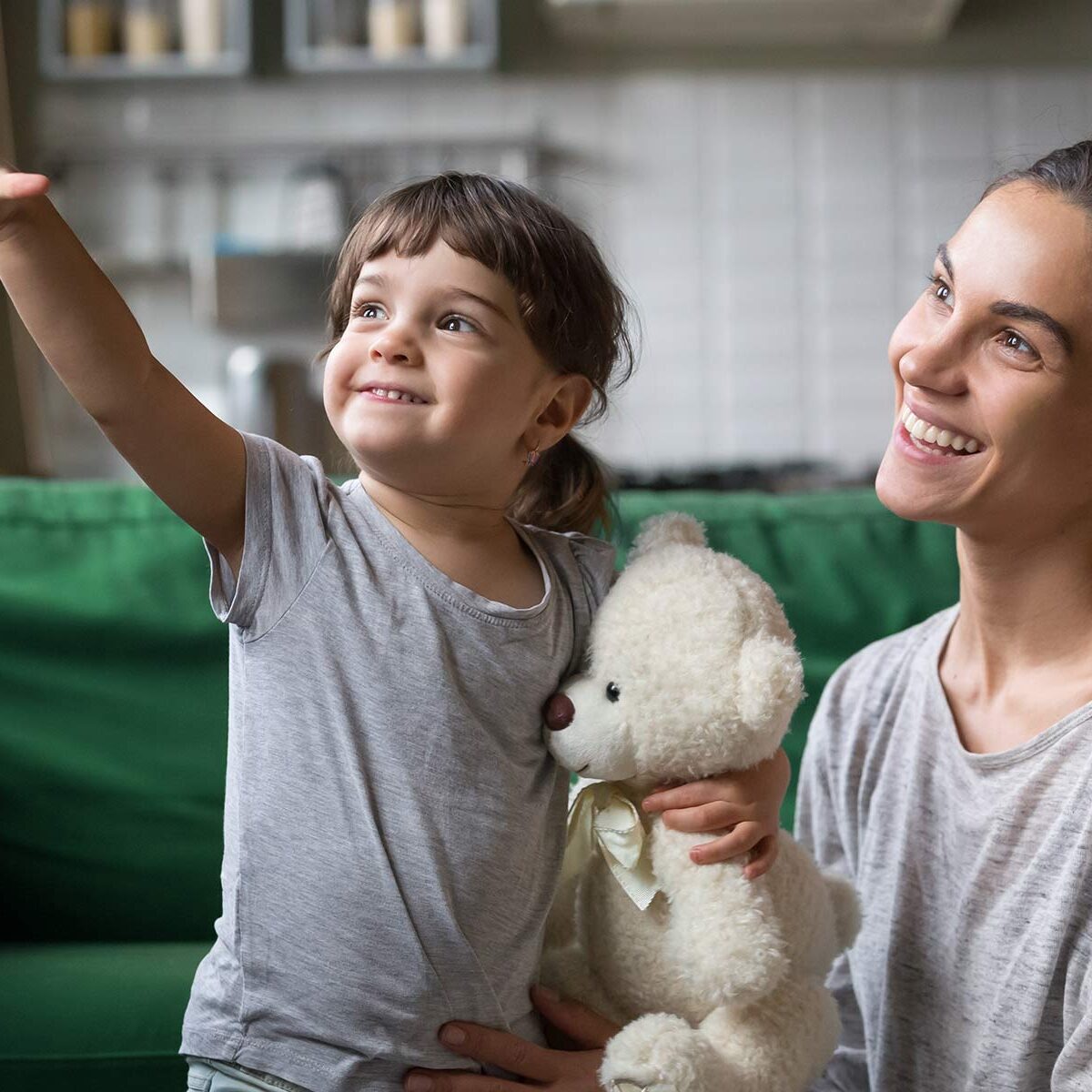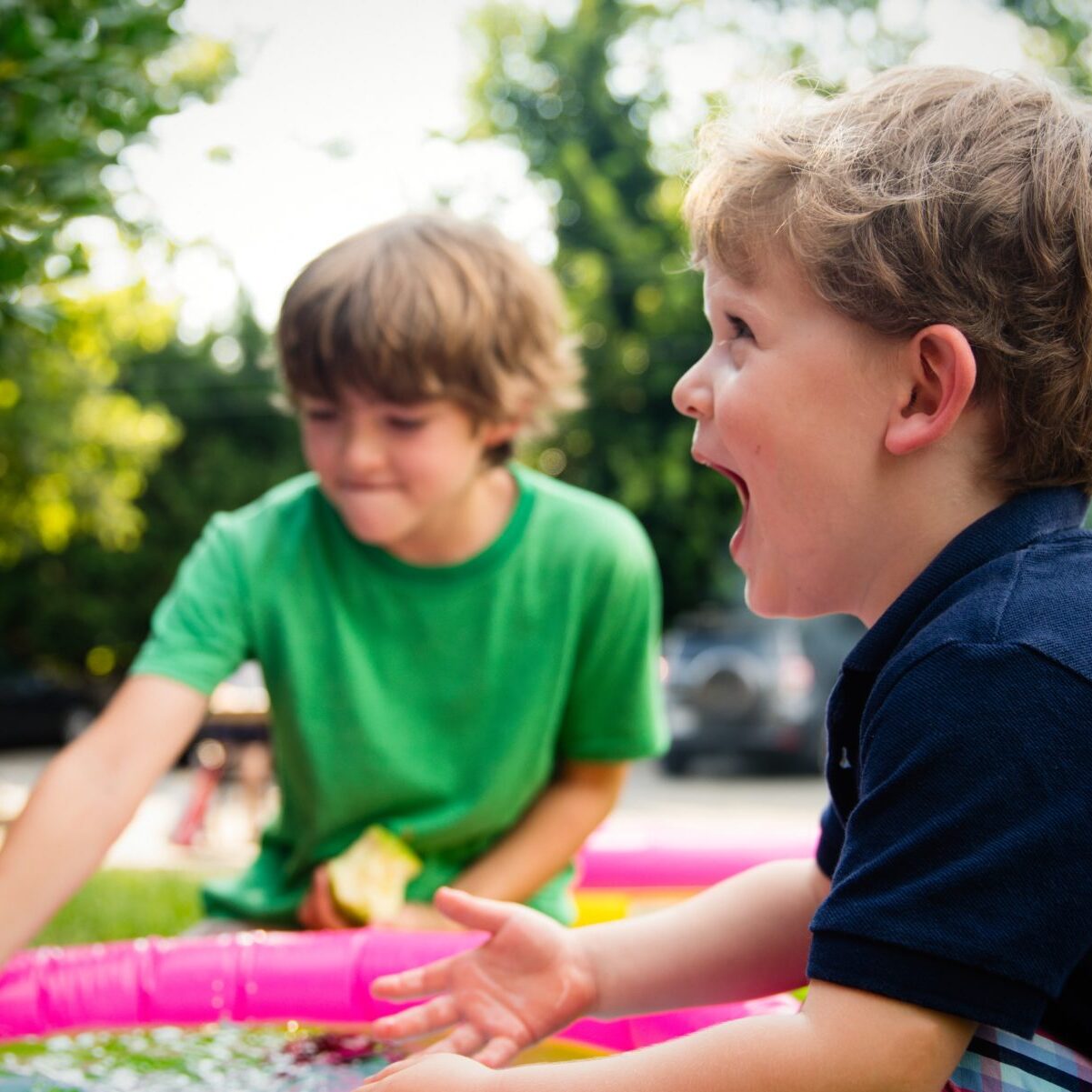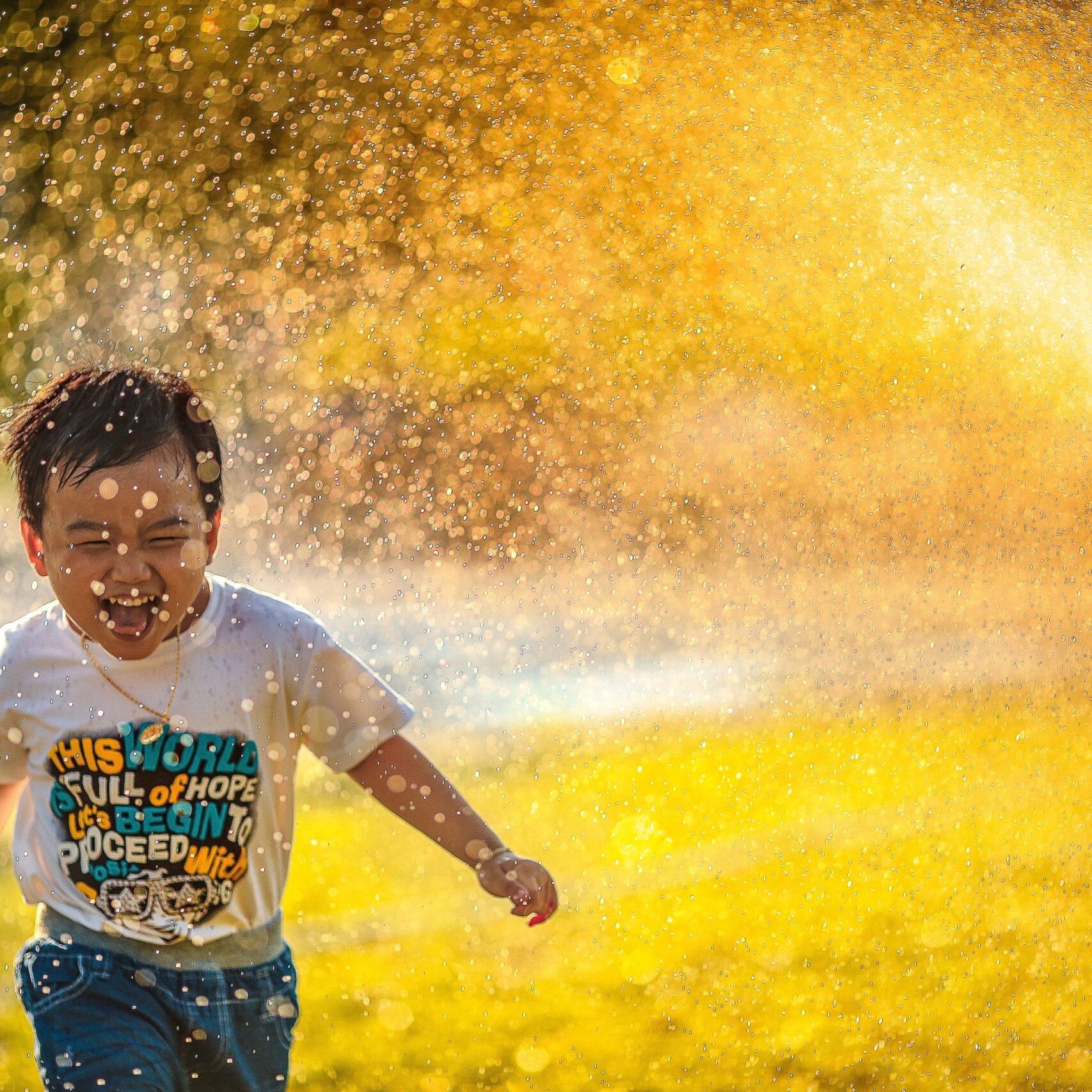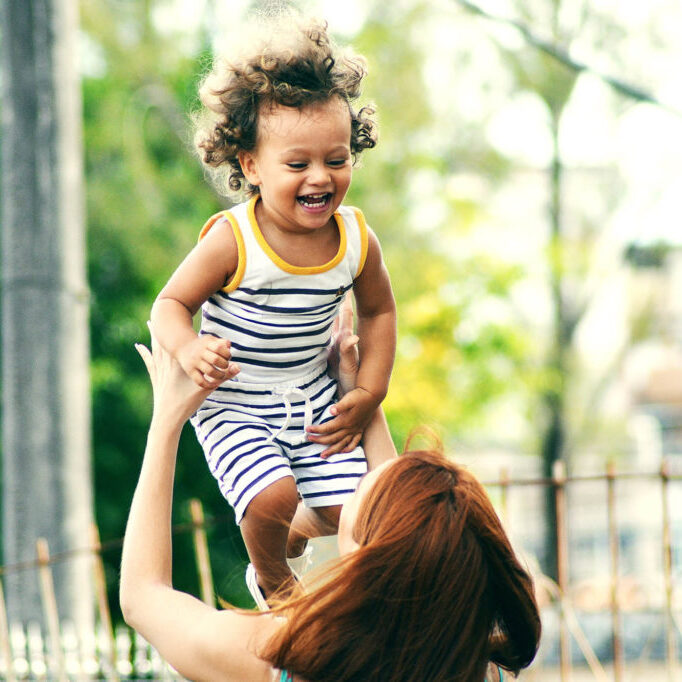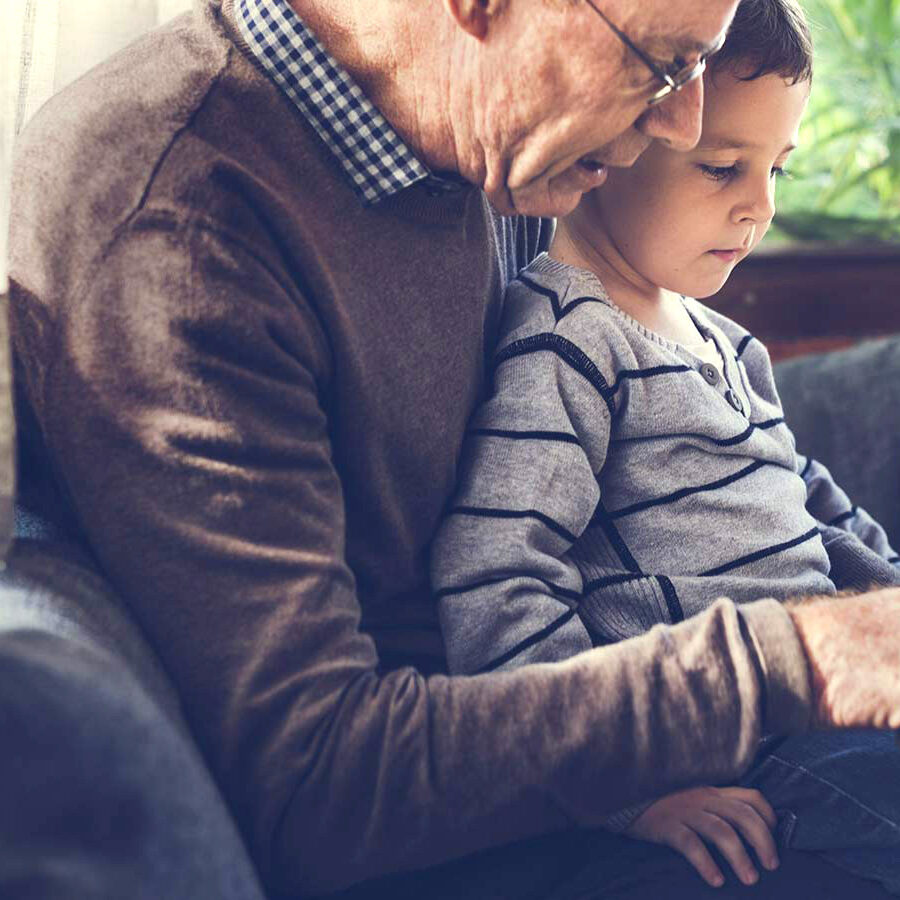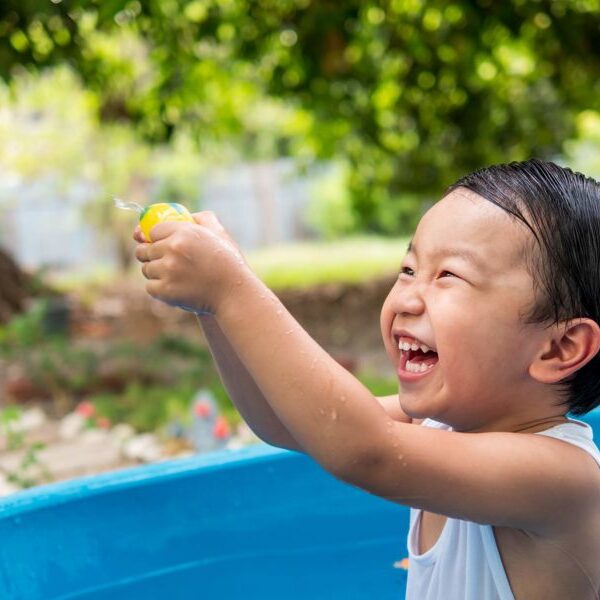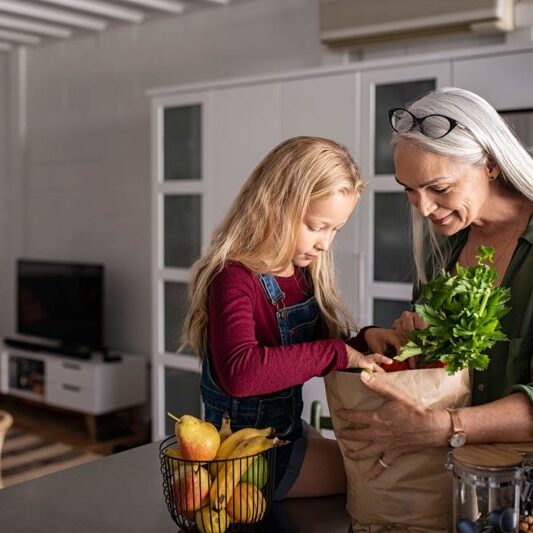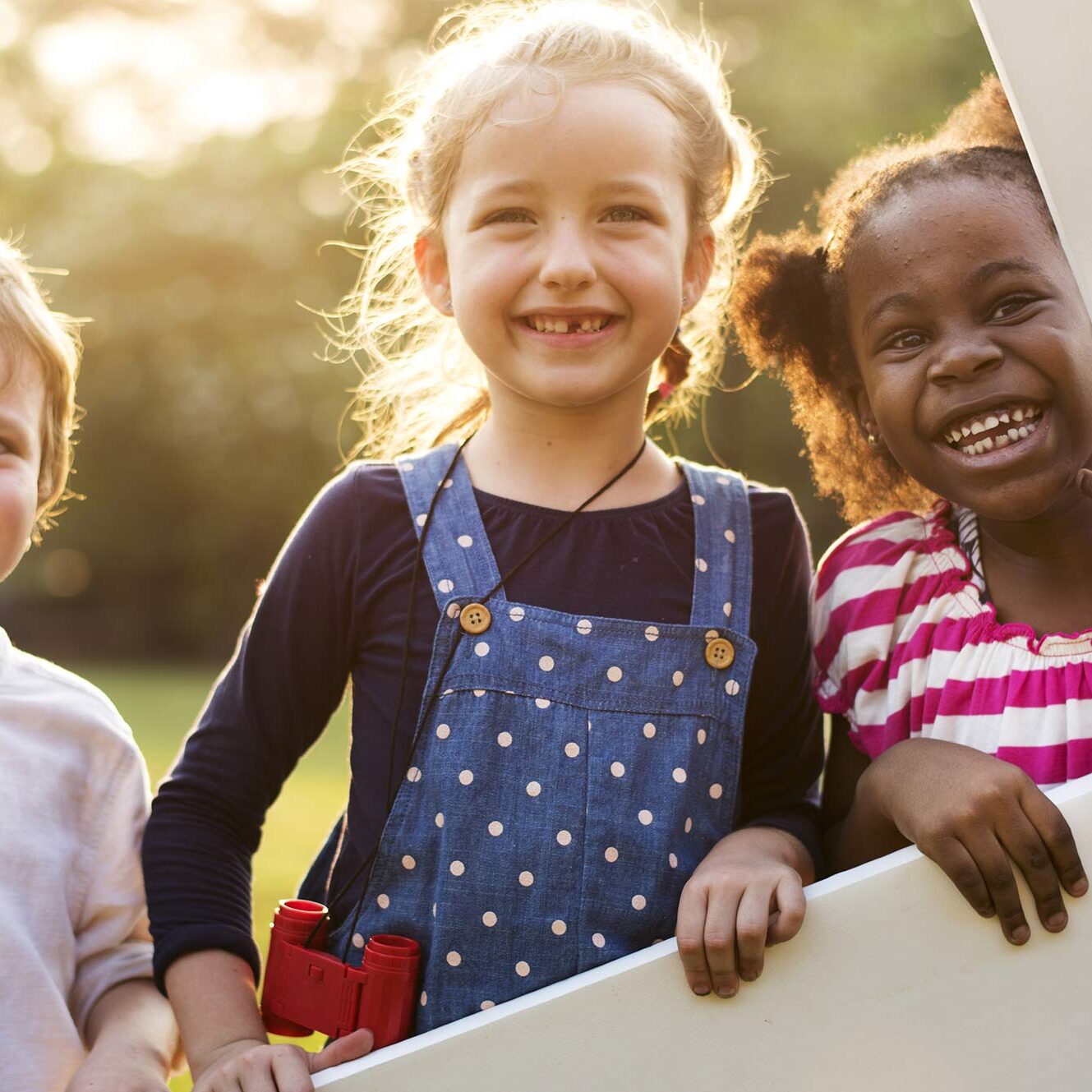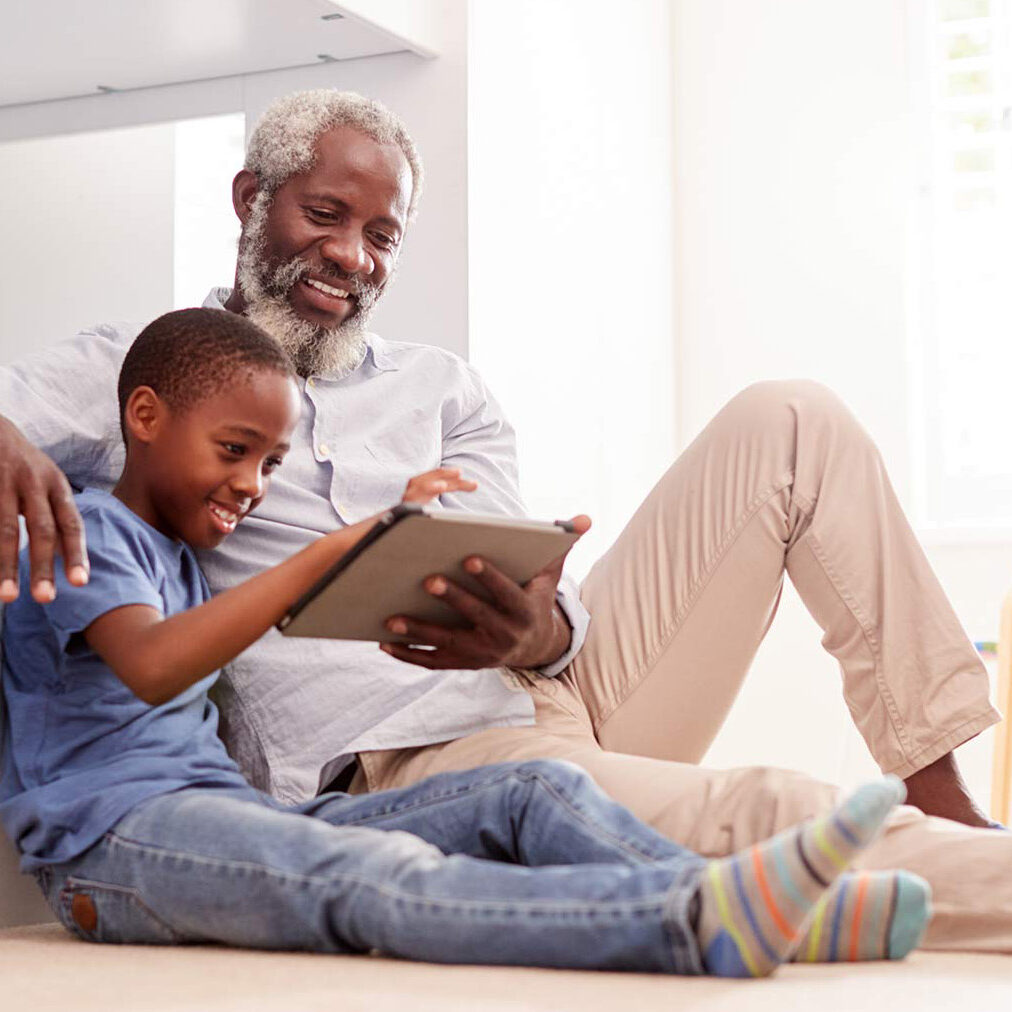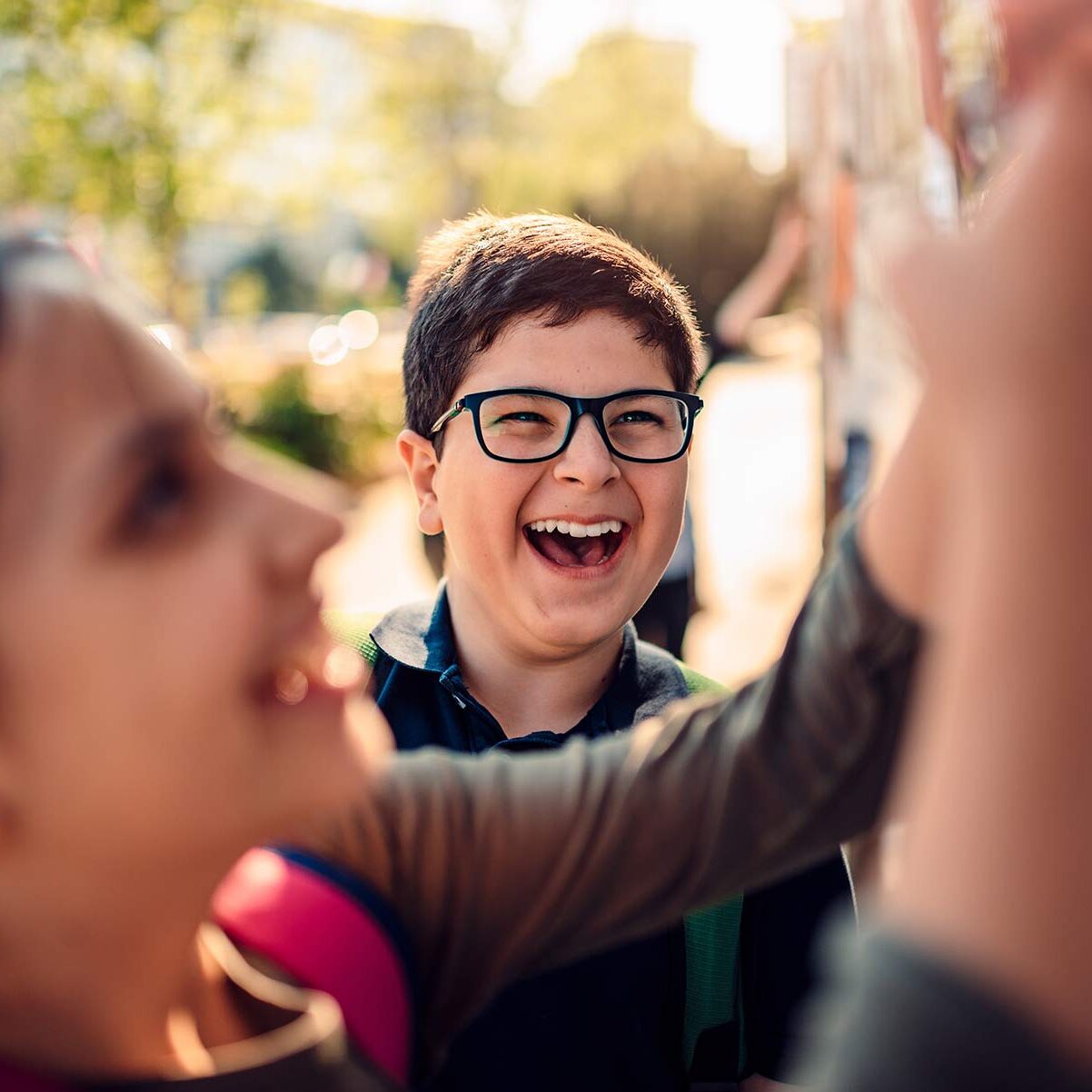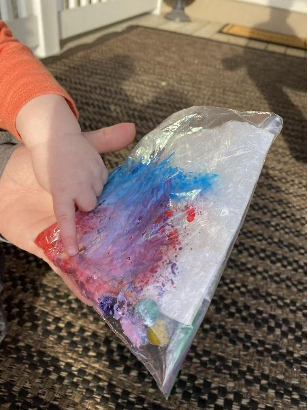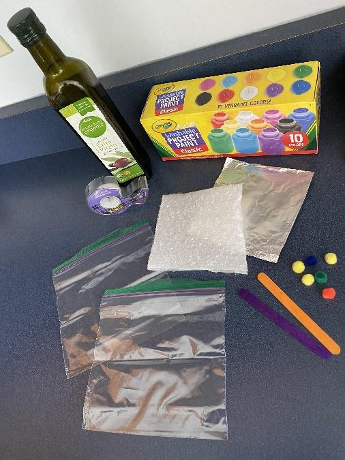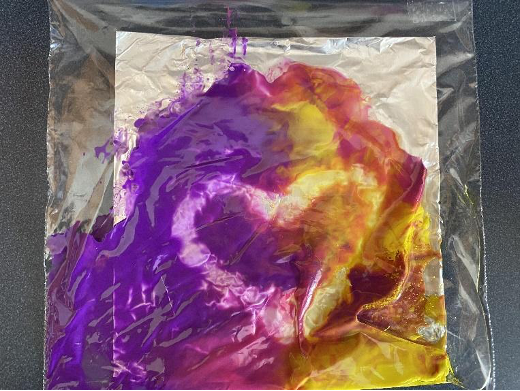
ABOUT THE AUTHOR
Kari Mehl
OhioKAN Navigator, Beech Acres Parenting Center
Before joining OhioKAN, Kari was a Home Based Case Manager and Foster Care Case Manager at Family Ark in Southern Indiana. There, she visited families in their homes and in the community, established relationships and helped them obtain support services, utilized Trauma Informed Care, and taught independent living, self-care, and self-advocacy skills. Previously, she served as a Program Supervisor at Maryhurst, a teenage girls’ residential facility in Louisville, KY. Kari is a committed volunteer with tenures at the Human Rights Campaign, Professionals United for Sexual Health (P.U.S.H.), Planned Parenthood of SW Ohio, and Sophia’s 40 day challenge. She has a bachelor’s degree in Women’s Studies from Wright State University.
*Names have been changed to protect privacy
Noah*, age 5, was having a difficult time adjusting to his new family dynamic. Before his mother met his new stepfather, Noah lived with his mother and his big sister in a modest home. Now, he had a new parental unit, in a new house and a new school, and was suddenly the youngest of four children. He no longer saw his bio-father, and his mother, who once gave him all the attention in the world, now seemed too busy with falling in love, planning a wedding, and building their family’s future home to spend one-on-one time with him.
After experiencing all these big changes, Noah was struggling. He was having difficulty with impulse control and often lashed out at his siblings. His family was at a loss. What could they do to engage with him without someone getting hurt or yelled at?
Then they began to notice that whenever the family sat down together to color, draw, or craft, Noah was able to sit for long periods of time and focus on the project at hand. He would engage and connect with his siblings, asking them for ideas and sharing his own. He would say, “please” and “thank you” when asking for supplies.
Noah became his own best advocate when the art bag came out. He learned how to draw his feelings, which he could later explain to his mother in detail.
He also learned how to make a “stress balloon” out of cornstarch and water. He would carry the balloon around when he felt like his “mean hands” might make an appearance.
I’ve spent my entire professional career working with children, providing trauma-informed care to children in foster care, home-based services and in a residential setting. I’ve worked with children in a daycare setting and as an in-home nanny. No matter the artist’s age, race, gender, learning ability, or socioeconomic background, art is a universal medium for expression. When I bring out the supplies, typically shy kids talk to the child next to them, asking for ideas or offering to help others. Those who struggle with impulse control become patient, mindful and attentive as art supplies and instructions are distributed.
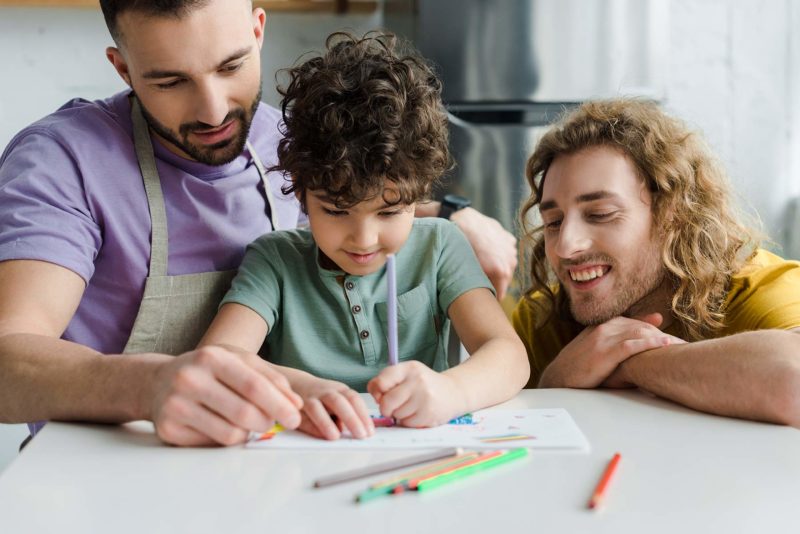
If you’re struggling to find a suitable outlet for new or changing emotions in your child, try making some art together. The sensory play activity outlined below, Squishy Bags, is appropriate for the whole family. It’s an excellent way for infants to explore their fine and gross motor skills. It also encourages language development and color identification. Toddlers, preschoolers and kindergarteners love color mixing, writing letters and practicing sight words with their Squishy Bags, while youth, pre-teen, teen, and adult groups love coloring on the squishy bag and releasing stress by popping bubble wrap.
Supplies:
- Ziplock bag
- Paints (Crayola has great non-toxic paints for children)
- Tape
- Sensory items to change the feel or look of the bag (examples include Cheerios, bubble wrap, aluminum foil, fruit pieces, beads, glitter)
- Oil (this helps the paint spread around the bag easier)
Instructions:
- First, cut your bubble wrap or aluminum foil pieces to fit into your Ziplock bag.
- Next, add your paint! You can use one color or up to four (note that if you add more than four colors, your bag will turn brown pretty quickly).
- Next, add in your oil. Feel free to eyeball your pour, but I usually add about a teaspoon of vegetable oil per bag. If you’ve chosen to use any other sensory items, make sure you put these in the bag before closing.
Pro tip: avoid anything too pointy so you don’t end up with a small hole or tear in your bag. - Close the bag, making sure to press out any extra air. Seal your squishy bag and use your tape to secure the end.



